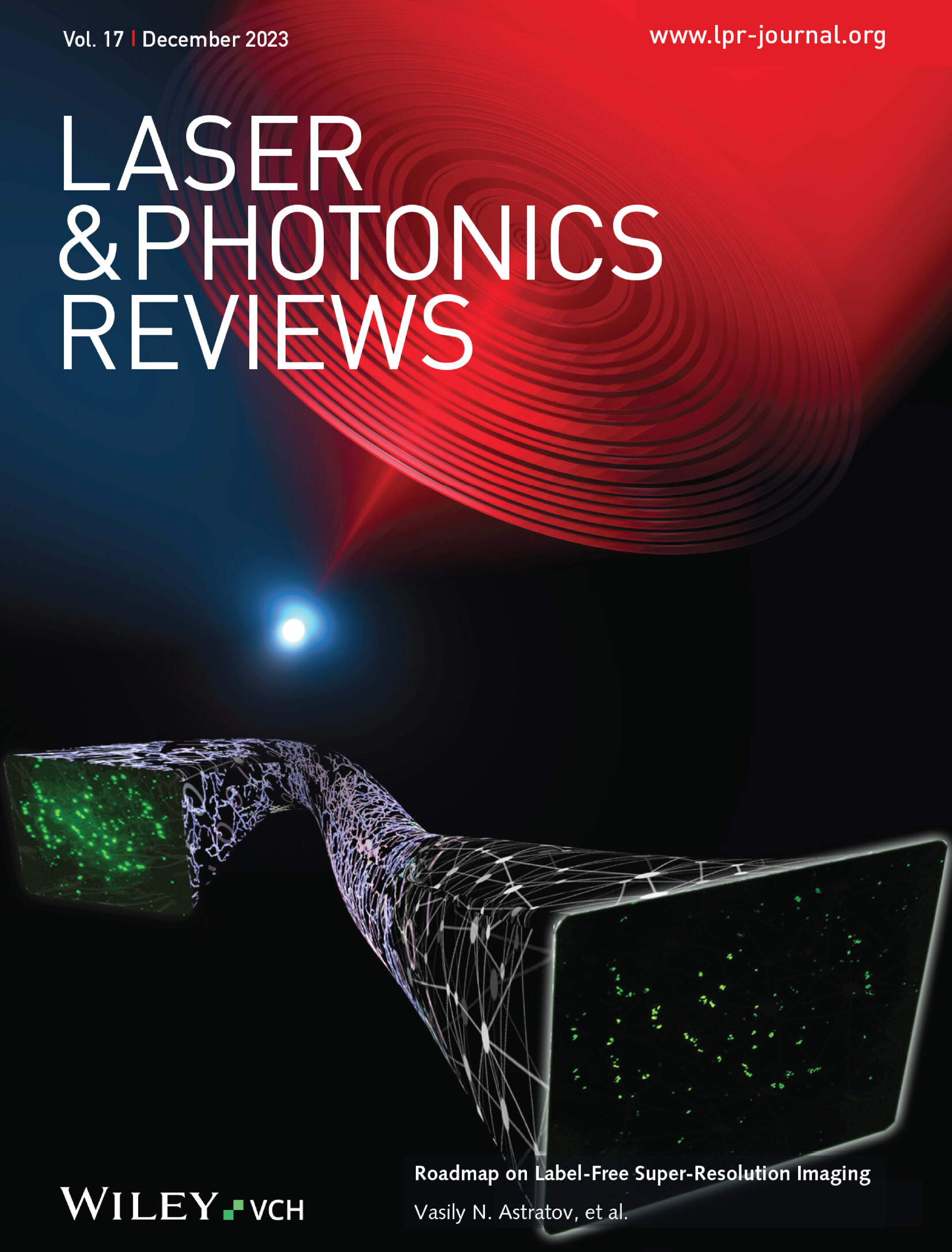Efficient Photothermal and Photocurrent Enhancements in Bi2Te3 Topological Insulator Nanofilm by Integrating with a Photonic Crystal
IF 9.8
1区 物理与天体物理
Q1 OPTICS
引用次数: 0
Abstract
Bismuth telluride (Bi2Te3) topological insulator (TI) presents excellent photothermoelectric characteristics with promising applications in photonic detection, catalysis, and sensing. Exploring effective approaches to enhance the photothermal and photocurrent response in the Bi2Te3 TI films is particularly significant for improving the photodetection capacity. Herein, the generation of an optical effect analogous to Tamm plasmons is experimentally and numerically demonstrated by integrating the Bi2Te3 TI nanofilm onto a 1D photonic crystal (PC). The Bi2Te3/PC multilayer enables the distinct enhancement of near-infrared light absorption and photothermal effect of Bi2Te3 nanofilm based on the TI-based optical Tamm state. The measured results reveal that the reflection spectrum of Bi2Te3 nanofilm on the PC exhibits a distinct dip, whose position has a redshift with increasing the thickness of Bi2Te3 film. The numerical and theoretical calculations agree well with the experiments. The reflection dip stems from the formation of the TI-based Tamm state, whose wavelength exhibits a slight blueshift with the increase of temperature. The zero-bias photocurrent conversion of Bi2Te3 nanofilm can be obviously self-reinforced with impinging light on the Bi2Te3/PC structure at the Tamm state wavelength. The results pave a new avenue for enhancing light-TI interactions and their applications in high-performance near-infrared photodetection devices.

求助全文
约1分钟内获得全文
求助全文
来源期刊
CiteScore
14.20
自引率
5.50%
发文量
314
审稿时长
2 months
期刊介绍:
Laser & Photonics Reviews is a reputable journal that publishes high-quality Reviews, original Research Articles, and Perspectives in the field of photonics and optics. It covers both theoretical and experimental aspects, including recent groundbreaking research, specific advancements, and innovative applications.
As evidence of its impact and recognition, Laser & Photonics Reviews boasts a remarkable 2022 Impact Factor of 11.0, according to the Journal Citation Reports from Clarivate Analytics (2023). Moreover, it holds impressive rankings in the InCites Journal Citation Reports: in 2021, it was ranked 6th out of 101 in the field of Optics, 15th out of 161 in Applied Physics, and 12th out of 69 in Condensed Matter Physics.
The journal uses the ISSN numbers 1863-8880 for print and 1863-8899 for online publications.

 求助内容:
求助内容: 应助结果提醒方式:
应助结果提醒方式:


